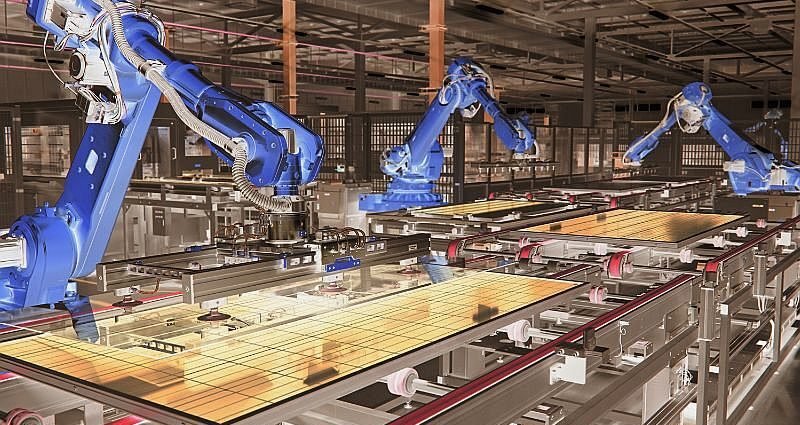India’s ambitious journey towards renewable energy, particularly solar power, is facing significant roadblocks. Supply chain issues, coupled with frequent policy changes, are casting a shadow over the sector’s growth trajectory.

Over the past few years, the solar industry’s supply chain has been under immense strain. While the Production Linked Incentive (PLI) scheme offers some support, the sector remains far from self-sufficient. The erratic nature of policy changes has contributed to ongoing supply disruptions as Indian manufacturers ramp up production.
The uncertainty in government directives has pushed back solar cell production timelines by 18-24 months. This is a significant setback, as solar cells are a critical component of solar panels, and any disruption can have cascading effects on the entire value chain.

Financial sustainability is another pressing challenge within the solar industry. Despite the rapid adoption of solar energy, the current tariff structure fails to fully cover production costs. The grid infrastructure is struggling to accommodate the increasing load from solar energy, especially as electric vehicles and other renewable sources come online.
This gap between production costs and tariffs is further exacerbated by the financial difficulties of distribution companies, which play a crucial role in the sector’s viability. Without a robust financial model, the expansion of solar energy could be at risk.

However, the solar sector in India continues to attract significant investor interest, driven by the government’s proactive policy framework. Despite the challenges, there is optimism that India can overcome these obstacles and realize its renewable energy goals.
Reference- Mint article, MNRE website, Mercom India, Moneycontrol.com, PV India magazine






